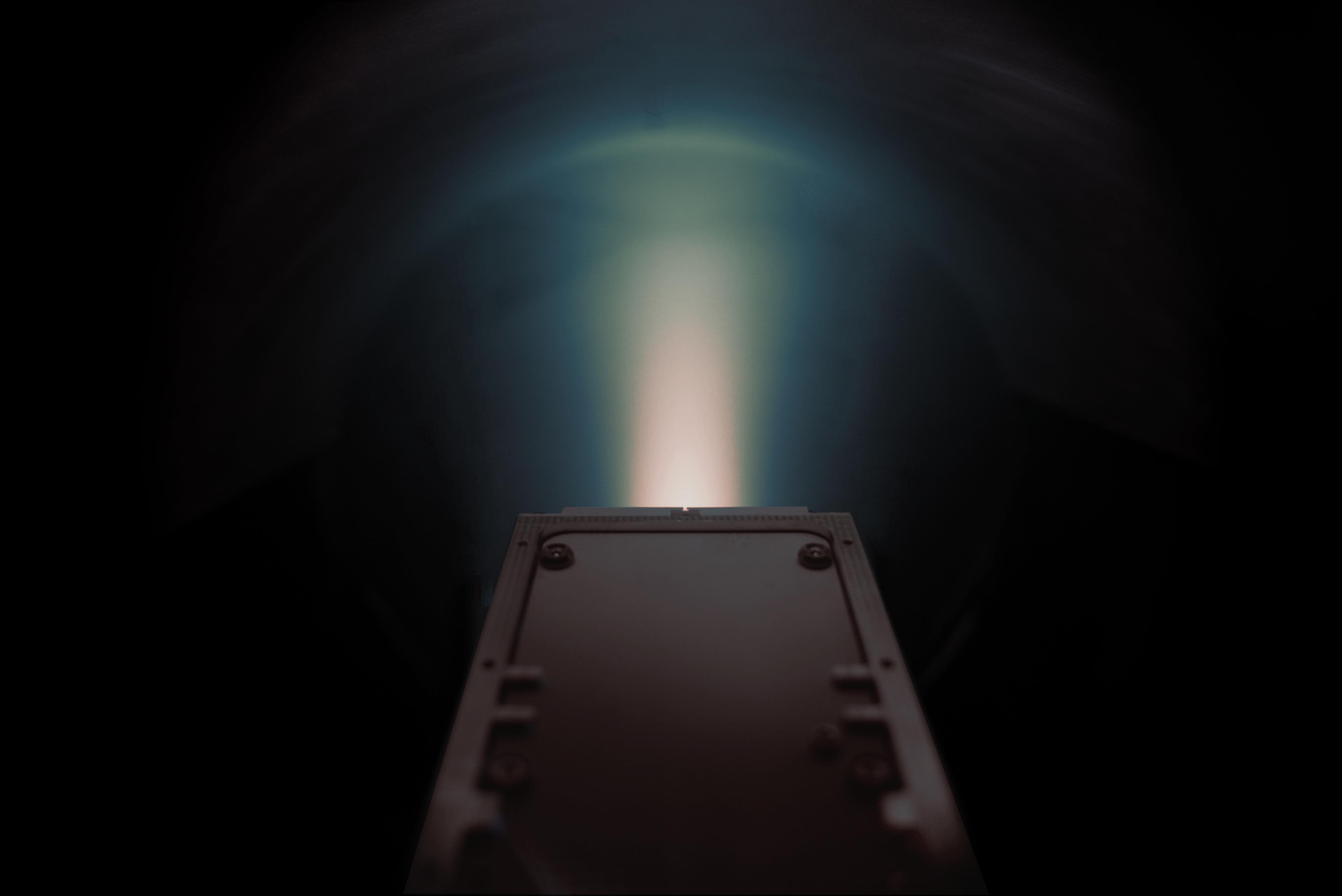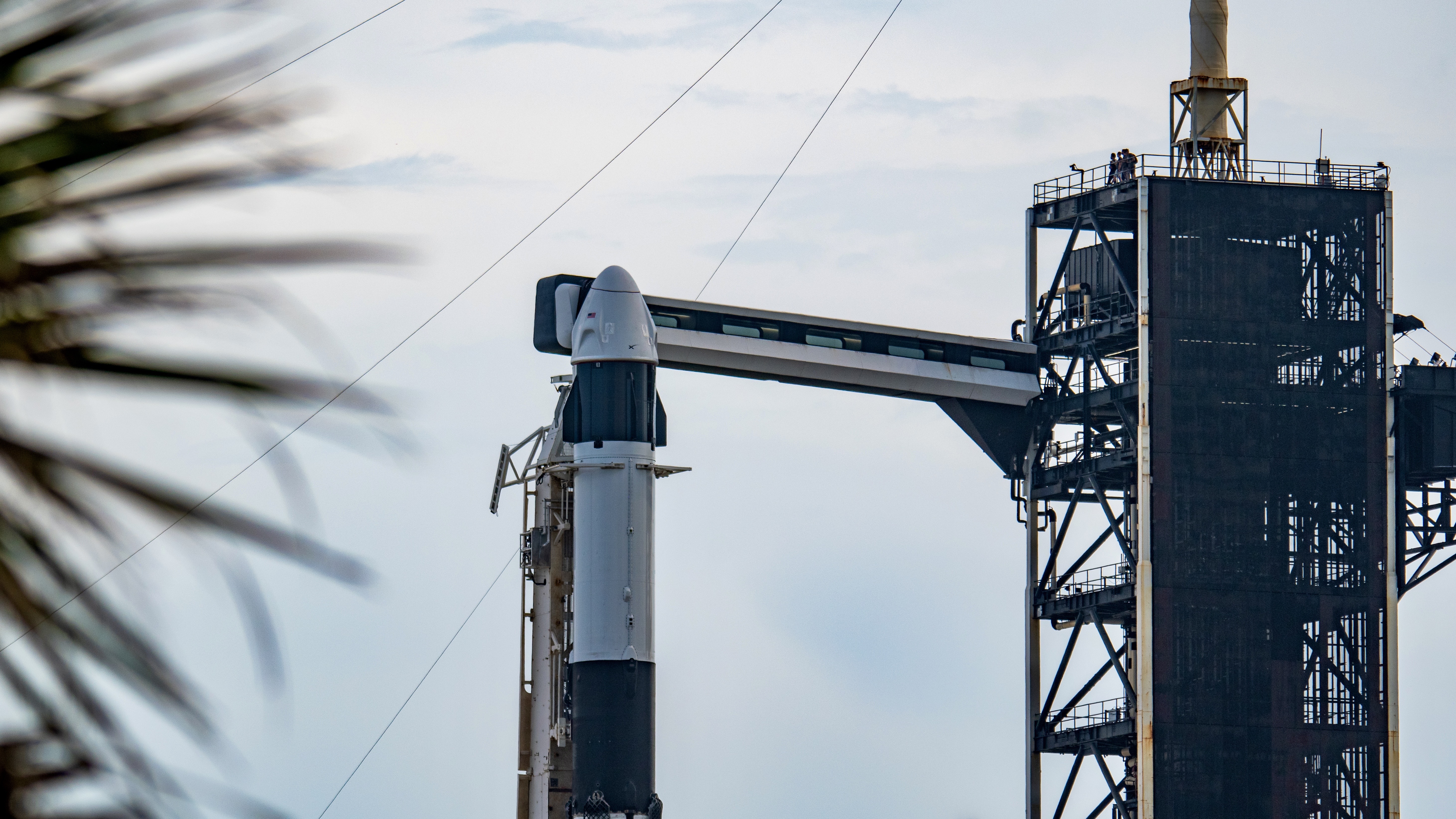
Charles Q. Choi
Charles Q. Choi is a contributing writer for Space.com and Live Science. He covers all things human origins and astronomy as well as physics, animals and general science topics. Charles has a Master of Arts degree from the University of Missouri-Columbia, School of Journalism and a Bachelor of Arts degree from the University of South Florida. Charles has visited every continent on Earth, drinking rancid yak butter tea in Lhasa, snorkeling with sea lions in the Galapagos and even climbing an iceberg in Antarctica. Visit him at http://www.sciwriter.us
Latest articles by Charles Q. Choi

Meteorites could have brought all 5 genetic 'letters' of DNA to early Earth
By Charles Q. Choi published
New meteorite research suggests that cosmic impacts might have helped deliver vital ingredients of life to ancient Earth.

Hubble Space Telescope spots most distant single star ever seen
By Charles Q. Choi published
The most distant single star seen yet dates back to less than 1 billion years after the universe's birth in the Big Bang, and may shed light on the earliest stars in the cosmos, a new study finds.

Earth's sun: Facts about the sun's age, size and history
By Charles Q. Choi last updated
Read about the history and future of Earth’s sun as well as fun facts about the sun’s age, size, temperature, and phenomena like solar flares.

Giant radiation bubbles created by monster black hole feeding frenzy, new study suggests
By Charles Q. Choi published
Two giant bubbles of gamma rays and X-rays that erupted from the center of the Milky Way may stem from a supermassive black hole's feeding frenzy at the heart of the galaxy, a new study finds.

Tiny laser-propelled spaceships could travel to the far reaches of the solar system and beyond
By Charles Q. Choi published
Miniature spaceships the size of cellphones could fly across the solar system using sails propelled by lasers, reaching distant destinations on very reasonable timescales.

Superhabitable planets: Alien worlds that may be more habitable than Earth
By Charles Q. Choi published
Two dozen so-called superhabitable alien worlds may be as good as or better than Earth for life as we know it.

How did Earth get its water? Moon rocks suggest it might have been here all along.
By Charles Q. Choi published
The water that Earth has may have been here since the planet formed, and not delivered later by collisions with icy comets, a new study finds.

Fusion experiment smashes record for generating energy, takes us a step closer to a new source of power
By Charles Q. Choi published
The Joint European Torus fusion experiment in the U.K. has set a new record for generating energy.

'Zombie' star caught snacking on dead planet's remains
By Charles Q. Choi published
Distant X-rays may be the most direct evidence yet of the remains of a disintegrated planet colliding with the corpse of a star, a new study finds.

Supernova deaths of white dwarf stars may explode like a nuclear bomb
By Charles Q. Choi last updated
When a white dwarf star explodes as a supernova, it may be detonating like a nuclear weapon on Earth, a new study finds.

Rogue black hole spotted on its own for the first time
By Charles Q. Choi published
Astronomers may have for the first time detected and measured the mass of an isolated stellar-mass black hole, a new study finds.

New Milky Way mosaic reveals nearly 1,000 strange 'filaments' at the heart of our galaxy
By Charles Q. Choi published
A detailed new telescope image of the heart of our galaxy is now giving researchers their best view yet of hundreds of strange magnetic filaments seen nowhere else.

Meteorite hunters rejoice: Antarctica probably harbors 300,000 undiscovered space rocks
By Charles Q. Choi published
And scientists now have a better idea of where to find them.

Hubble telescope spots a black hole fostering baby stars in a dwarf galaxy
By Charles Q. Choi published
Black holes can not only rip stars apart, but they can also trigger star formation, as scientists have now seen in a nearby dwarf galaxy.

Our expanding universe: Age, history & other facts
By Charles Q. Choi, Ailsa Harvey published
Reference The universe was born with the Big Bang as an unimaginably hot, dense point. SPACE.com offers an overview of the universe and its history, age and structure.

Chilly, damp Mars may have hosted an ancient ocean
By Charles Q. Choi published
Three billion years ago, the dusty planet we know today was a very different world.

Infamous Mars meteorite contains organic molecules, but they aren't proof of life
By Charles Q. Choi published

Giant galactic bubble is driving star formation, new study finds
By Charles Q. Choi published
Earth is surrounded by a vast bubble about 1,000 light-years wide whose borders drive the formation of all nearby young stars, a new study finds.

Mars and Earth likely formed from collisions of moon-sized rocks
By Charles Q. Choi published
Earth and Mars must have formed from collisions between giant moon-sized rocks rather than from clumping together of a huge amount of tiny pebbles, a new study found.

Astronomers spy record-breaking eruption on young sunlike star
By Charles Q. Choi published
Astronomers may have, for the first time, detected a sunlike star erupting with a giant outburst 10 times larger than anything similar ever seen from our sun.

Are volcanoes erupting on Venus?
By Charles Q. Choi published
A volcanic peak standing more than a mile high on Venus may still be active, new findings show.

Strange 'eggshell' exoplanets may have ultra-smooth surfaces
By Charles Q. Choi published
Strange, newly theorized "eggshell planets" may possess super-thin outer layers with ultra-smooth surfaces unlike those seen on any world to date, a new study reports.

Promising new electric iodine thruster passes key test in orbit
By Charles Q. Choi published
A new electric thruster that blasts out iodine just passed a key test in orbit, a milestone that could help lead to smaller, cheaper and higher-performance spacecraft engines.

With DART asteroid mission, NASA makes its 1st foray into planetary defense
By Charles Q. Choi published
The first operation to ever collide a spacecraft with an asteroid is set to launch Wednesday (Nov. 24) and will see whether humans can deflect a potentially disastrous cosmic impact.
Get the Space.com Newsletter
Breaking space news, the latest updates on rocket launches, skywatching events and more!

